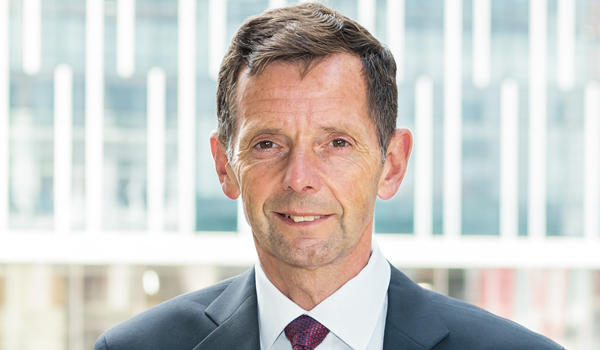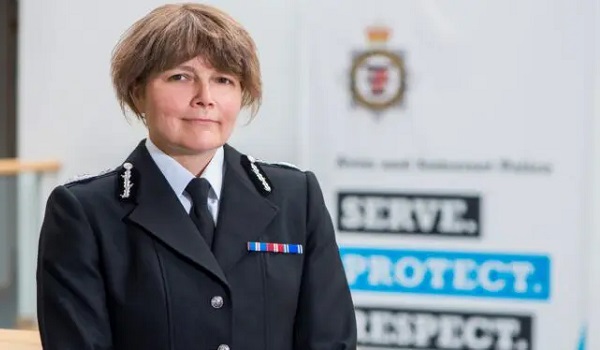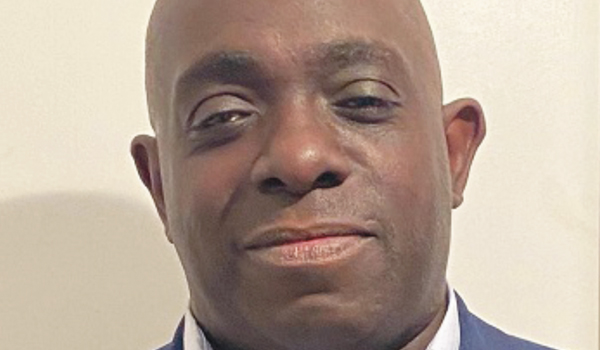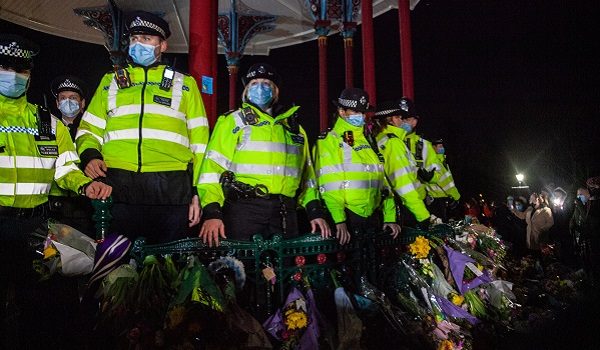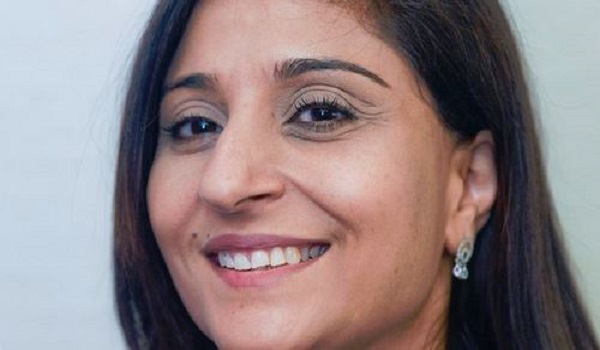Build bridges, not walls
As HMICRFS publishes its report into the policing of protests, John Smith, independent candidate for Avon and Somerset police and crime commissioner, writes about the importance of bringing communities together and inclusive local police leadership.
Last summer in Bristol, a Black Lives Matter (BLM) march in June led to the statue of Edward Colston being torn down. Locally, questions were inevitably asked: why did it happen, should the police have behaved differently, and what lessons can be learnt as a result. Her Majesty’s Inspectorate of Constabulary, Fire and Rescue Services (HMICFRS) has today given its verdict. As the deputy police and crime commissioner (PCC) for Avon and Somerset last summer, I also have my own perspective.
In Bristol, the arrest of a black man a week before the march, which involved several officers grappling with him on the ground, led to videos on social media showing the arrest. This incident had significantly exacerbated the tension that was already being felt not just in Bristol but across the country.
While I and other local leaders worked hard to reassure communities about this incident, against this tense backdrop local policing commanders were weighing up difficult decisions on how to safely police the planned BLM demonstration in the city.
Firstly, whether and how to engage with the protesters in the context of policing the Covid-19 pandemic. Based on intelligence that large numbers of demonstrators were planning to attend despite the Covid restrictions, the police decided it was best to liaise with organisers to make the event as safe as possible for those that did choose to march.
Secondly, what style of policing to adopt: a ‘public order’ or a ‘neighbourhood’ policing approach. Given the palpable tension and based on local knowledge and experience the team decided to adopt the less confrontational ‘neighbourhood’ approach and the officers visible at the march were not carrying shields or in helmets, something which if used could have heightened tensions further.
The third operational decision was taken as the event unfolded: whether or not to intervene to protect the Colston statue as it was attacked and, if so, when. The statue was targeted when many marchers were in other areas across the city and it came down quickly before the police could realistically intervene. The decision was made to observe the activity of the group, capture as much evidence as possible for any subsequent prosecutions (which as we now know are ongoing), and be prepared to intervene if injury was threatened. This decision was expressly supported by the HMICFRS report.
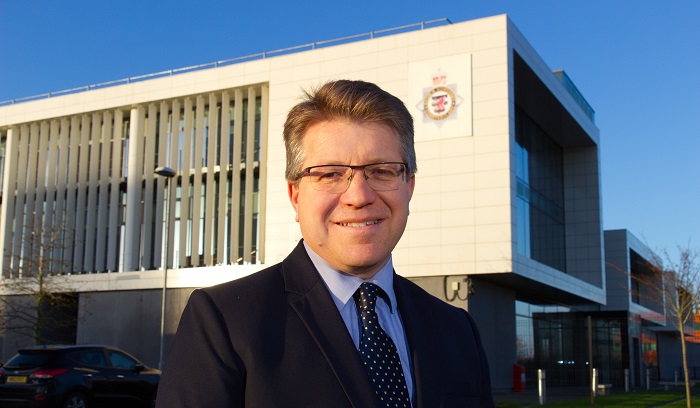
The images of the tearing down of the statue spread around the world and provoked a variety of very different views, from anger that the march went ahead at all during the pandemic, to those who thought the statue should have been protected, to those who found the statue offensive, and those who thought that the incident provided an opportunity for real, lasting and necessary change in Bristol and beyond to achieve greater fairness.
This illustrates how divisive the issue is, and in reality, the statue was a symbol of a division long before it was pulled down. People from different generations, backgrounds and parts of the area expressed many different views, all of which were valid. In total, the police and crime commissioner’s office received around a thousand letters and social media comments with a range of views about the policing on the day, and more than 60,000 people signed a petition praising the decision making by officers.
While it is disappointing that such criminal damage happened at all, that these simmering tensions did not bubble over into civil unrest or violence was to the credit of Avon and Somerset Constabulary on the day, and to the mayor and other local leaders in the run up to the event.
The key priority for local leadership was to listen to all the views expressed and work to bring people together – not to exacerbate differences and entrench division. One of the crucial democratic roles that PCCs play in incidents such as these should be to listen to and represent the views of all people in the area, regardless of their background, age, where they live or their political views. It is only with this local leadership, in partnership with the police, mayor and other community leaders, that bridges between operational police and the communities that they must work with to protect can be built – sometimes in spite of national politicians who would seek to exacerbate difference for political purposes.
People will have strong views, but I would urge people to try to see these incidents and their fallout as opportunities to build bridges rather than walls. Through this, we can bring communities together, and that is something which I believe we should all be aspiring to in these challenging times.


